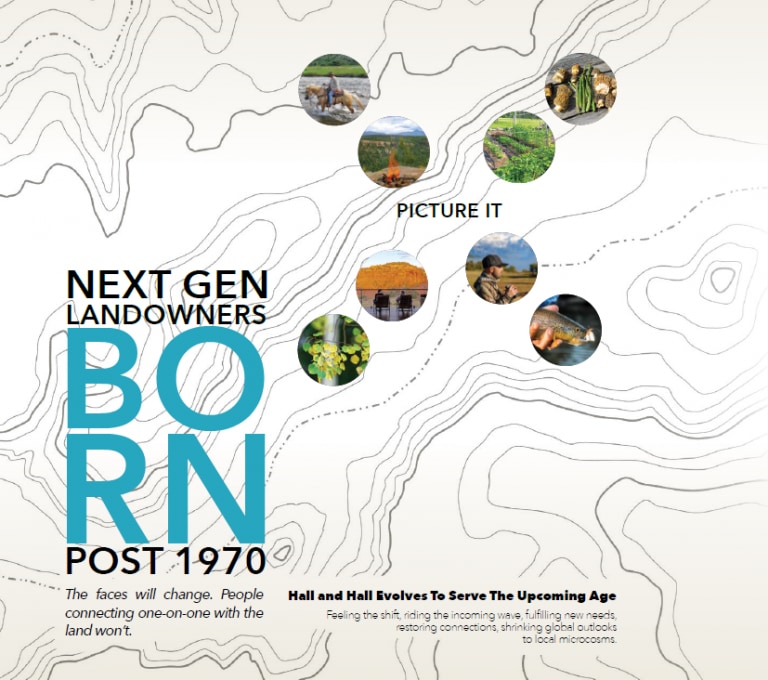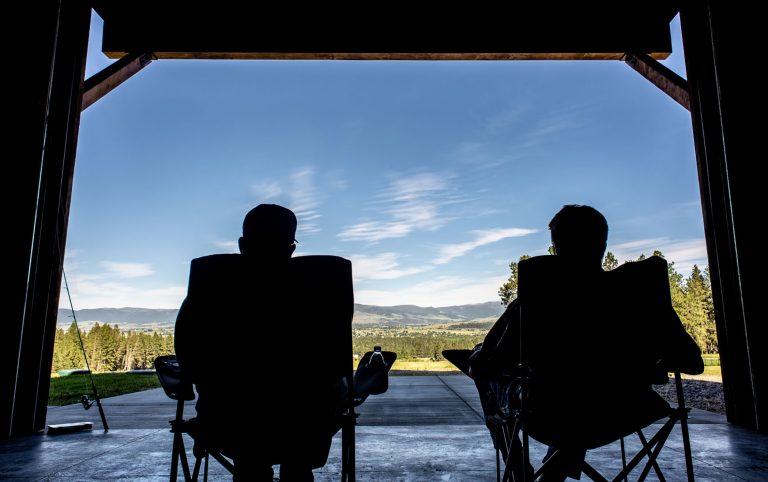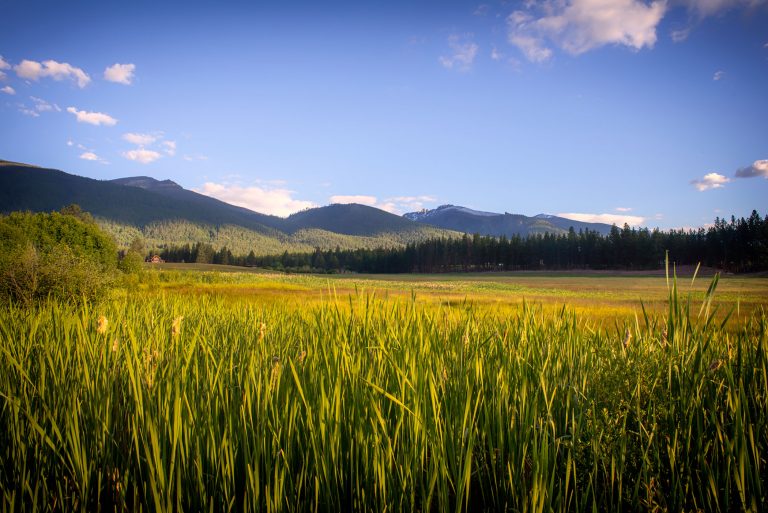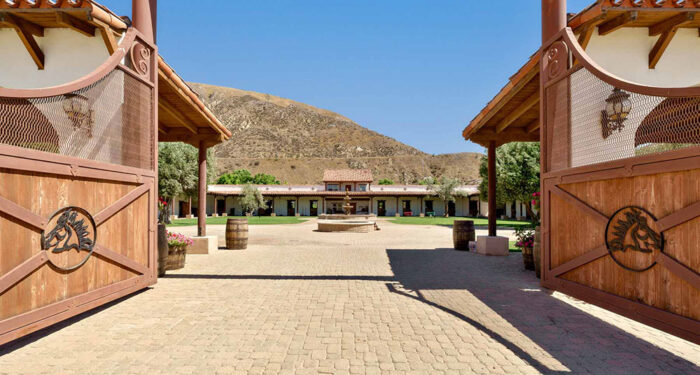The next generation of landowners are a force to be reckoned with, and Hall and Hall is evolving to serve the upcoming age. Historically, the rural land market has been driven by people with some tie to land, whether real or imagined. This could mean growing up on a farm or ranch, hunting and fishing, or having a business tie to land, such as the oil and gas industry. It could also be simply having grown up watching westerns and being romanced by wide open spaces on the big screen. As the Baby Boomer population group advances through their life cycle of earning, accumulating, and then divesting themselves of assets, their impact on the land market has changed with each stage.

Now population dynamics have shifted so that Gen-Xers and Millennials outnumber Baby Boomers. With advancements in technology new careers, recreation, and entertainment options have emerged. The percentage of people in these younger age groups with personal or business ties to land has diminished. The question we have been asking ourselves is, “Will these population groups value land ownership at some point in their lives, and if so, when, and why?”
Last year marked the first year that we experienced a dramatic and notable entry into the rural land market by these younger, “next” generations. The impact of new landowners in the 40 year-old range in 2021 was significant. Interestingly, the reasons for investing and the priorities of these buyers and investors have changed.
Recreational interests have expanded beyond the traditional outdoor pursuits of hunting and fishing. Internet connectivity has become an essential part of daily life. “Checking out” is measured in minutes or hours rather than days or weeks. The ability for family and friends to gather and be entertained is paramount, which requires an array of on-site and nearby options.

There is far greater awareness of food origin and quality. Many people want to harvest and process their own food. These interests are bringing people, who had no historical connection to agriculture, to the raising of crops and livestock and to farming and ranching communities.
Climate awareness is top of mind of this new generation — and maybe more so than food awareness. Many people who have no previous ties to agriculture are very interested in sustainability, soil health, and carbon capture. These advances in agriculture have fueled interest in farms and ranches because of the opportunities that exist with farm and livestock production. The opportunities are environmental (making a positive impact on food, climate, and health) and financial (opportunities for carbon capture credits, offsets, or payments). Today, full-time farmers and ranchers are not the only ones thinking about farm and ranch operations. Many new to land ownership as well as existing landowners are thinking about ways to manage property to take advantage of these opportunities and increase both social and environmental returns.

We see this new entry into the land market as positive for the industry and positive for investors. Interests and practices will evolve and adapt. But the finite quality of land remains. As the world population grows, the value of scarce land resources grows with it.




